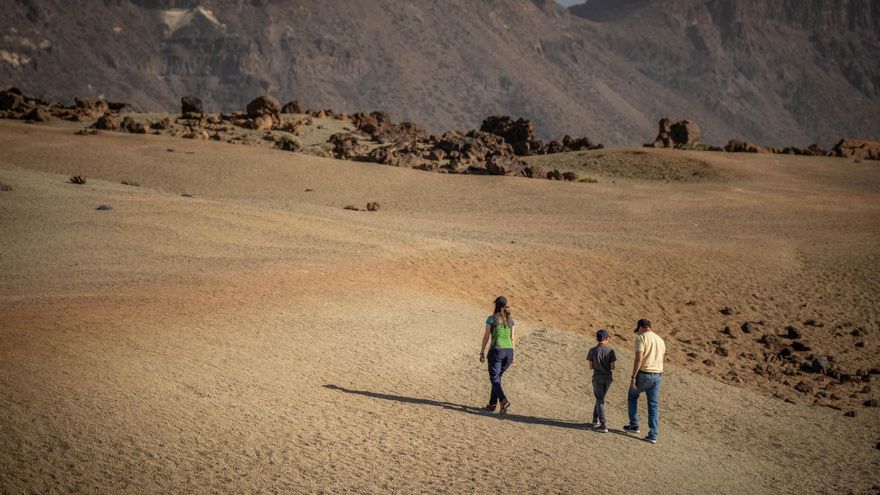The Enigma of Mount Teide’s First Ascent
Without written records from the Guanches, Tenerife’s indigenous people, the early history of Mount Teide begins in mystery. The island’s original inhabitants lived in the shadow of the volcano they called Echeyde, fearing it as the dwelling place of mythical forces. Since they had no formal writing system—relying instead on petroglyphs, painted symbols, and rock carvings—there’s no evidence confirming whether leaders like Bencomo or Tinguaro ever reached the 3,715-meter summit. It’s possible, but unproven.
Early European Accounts and Unverified Claims
The first explicit mention of the mountain comes from outsiders. In 1566, English sailor George Fenner anchored in Santa Cruz and noted that “no one had climbed to its peak.” His words reflect the European perception at the time: by the mid-16th century, Teide remained “untouched.” Soon after, another name emerges—Thomas Nichols, an English merchant who lived in Tenerife between 1557 and 1560. In 1583, he published a detailed description of the peak in London, mentioning the caldera, volcanic ash, pumice stone, and permanent snow near the summit. His knowledge was so precise that many historians believe he made the climb. Yet Nichols never described the ascent step by step; his account was scientific, not a summit confession.
The Legend of Sir Edmund Scory
The most repeated claim in guidebooks and tourism portals points to Sir Edmund (or R.E.) Scory. Tradition places him in La Laguna and credits him with the “first ascent” in 1582. The problem? No diary or letter survives to confirm it. The story persists through secondary citations and oral tradition, making Scory the “first” by custom rather than documented proof.
The Documented Triumph of Torriani and Casola
The first verifiable ascent belongs to two Italian engineers sent by King Philip II to map the Canary Islands: Leonardo Torriani and Próspero Casola. Between 1587 and 1588, they recorded a 24-hour journey—partly on horseback, partly on foot—with a final stretch over “trackless pumice stone.” Torriani’s manuscript, preserved to this day, details the expedition meticulously, earning them recognition as the first climbers with solid evidence. In a passage often quoted by scholars, Casola writes: “…we reached the foot of the mountain, called Las Estancias… we slept that night under the open sky, enduring intense cold and wind.” Their account reveals no shelters or tents, only a grueling climb over loose terrain where they had to use their hands to avoid slipping. Today, their route roughly aligns with Trail No. 10 in Teide National Park, starting at Montaña Blanca and leading to the crater—though this is a modern interpretation, as no marked paths existed in the 16th century.
A Harsh and Barren Landscape
Torriani and Casola described the upper slopes as a mineral desert: ash, pumice, and scant vegetation. Below that zone, they noted a “cold area covered in snow year-round,” consistent with historical ice fields and permanent snowdrifts around the crater during that colder climatic period. While Torriani didn’t specify the tools used, as an engineer mapping heights and distances, he likely carried quadrants, astrolabes, or measuring chains—standard equipment for Renaissance cartographers.
A Legacy Preserved in Manuscripts
Their climb was part of Torriani’s larger work, Description and History of the Kingdom of the Canary Islands: Once Fortunate, With Notes on Their Fortifications, written between 1588 and 1592. The original Italian text circulated in handwritten copies until its first print edition in 1959. Today, it’s available in the Digital Memory of the Canary Islands and university repositories at ULL and ULPGC.
An Unresolved Mystery
Neither Teide National Park nor the Tenerife Council maintains a definitive list of “first ascensionists.” In official materials, Torriani is often cited, and occasionally Scory, but without conclusive endorsement. Until a forgotten manuscript surfaces, Teide will keep its secret: we may never know who truly reached the summit first. For now, the laurels rest with the Italian engineers who scaled the peak in service of the Crown—documented pioneers of Tenerife’s towering icon.

